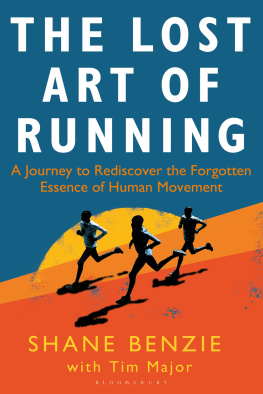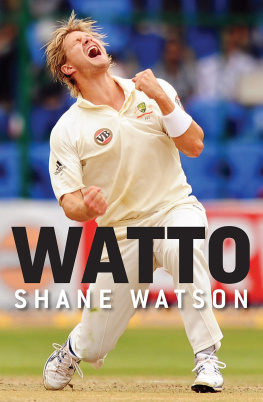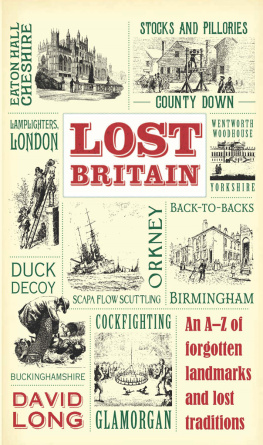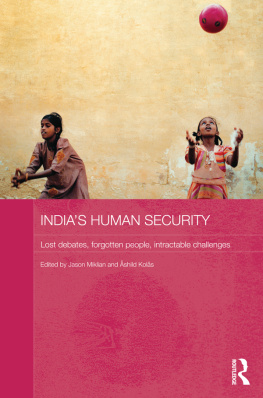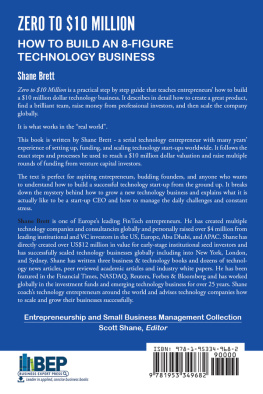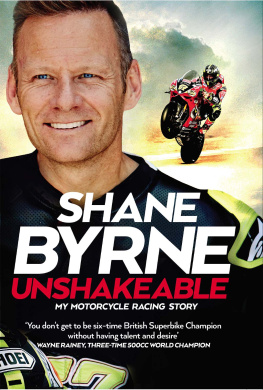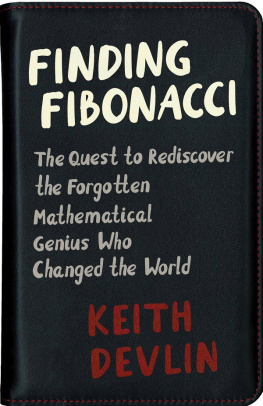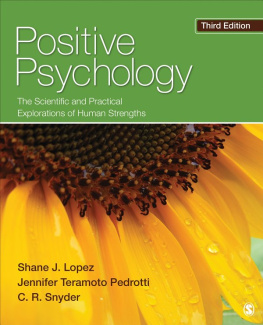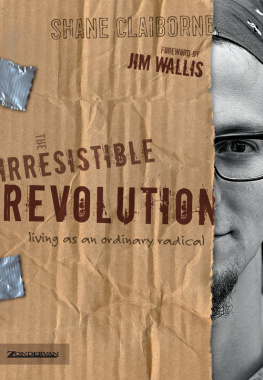Shane Benzie - The Lost Art of Running: A Journey to Rediscover the Forgotten Essence of Human Movement
Here you can read online Shane Benzie - The Lost Art of Running: A Journey to Rediscover the Forgotten Essence of Human Movement full text of the book (entire story) in english for free. Download pdf and epub, get meaning, cover and reviews about this ebook. publisher: Bloomsbury Publishing, genre: Religion. Description of the work, (preface) as well as reviews are available. Best literature library LitArk.com created for fans of good reading and offers a wide selection of genres:
Romance novel
Science fiction
Adventure
Detective
Science
History
Home and family
Prose
Art
Politics
Computer
Non-fiction
Religion
Business
Children
Humor
Choose a favorite category and find really read worthwhile books. Enjoy immersion in the world of imagination, feel the emotions of the characters or learn something new for yourself, make an fascinating discovery.
- Book:The Lost Art of Running: A Journey to Rediscover the Forgotten Essence of Human Movement
- Author:
- Publisher:Bloomsbury Publishing
- Genre:
- Rating:3 / 5
- Favourites:Add to favourites
- Your mark:
- 60
- 1
- 2
- 3
- 4
- 5
The Lost Art of Running: A Journey to Rediscover the Forgotten Essence of Human Movement: summary, description and annotation
We offer to read an annotation, description, summary or preface (depends on what the author of the book "The Lost Art of Running: A Journey to Rediscover the Forgotten Essence of Human Movement" wrote himself). If you haven't found the necessary information about the book — write in the comments, we will try to find it.
Shane Benzie: author's other books
Who wrote The Lost Art of Running: A Journey to Rediscover the Forgotten Essence of Human Movement? Find out the surname, the name of the author of the book and a list of all author's works by series.
The Lost Art of Running: A Journey to Rediscover the Forgotten Essence of Human Movement — read online for free the complete book (whole text) full work
Below is the text of the book, divided by pages. System saving the place of the last page read, allows you to conveniently read the book "The Lost Art of Running: A Journey to Rediscover the Forgotten Essence of Human Movement" online for free, without having to search again every time where you left off. Put a bookmark, and you can go to the page where you finished reading at any time.
Font size:
Interval:
Bookmark:



Contents
by Adharanand Finn

A big thank you from Shane and Tim
To all of the athletes and experts who contributed to this book. Your names are scattered among its pages but those words can never portray our gratitude for your time, energy and enthusiasm in your work with Shane and for this project. To Matt, Sarah and the team at Bloomsbury Sport for your faith, enthusiasm, dedication and patience.
A big thank you from Shane
To my wife, Trudi, for her unwavering support throughout this journey and, when I announce I am going back to Africa yet again in search of elasticity, for telling me to have fun.
To Tim Major for ensuring our collaboration on the book was fun and for bringing the story of my journey to life.
To all the runners I have worked with over the last ten years I learn something from you in every running workshop and your enthusiasm to get better washes back over me.
To my grandson, Ollie, for reminding me that every day is a chance to discover something new.
A big thank you from Tim
To those who helped me become a writer, particularly Trail and Dan Aspel for giving me my first proper commission.
To those who have helped fuel my running obsession, particularly Robbie Britton, Simon Grundy, Mark Rochester and Dominic Tomlinson.
To Shane. When I emailed you a few years ago to ask for some help with my running, I could never have imagined where the journey would take us. It has been a true honour to write your incredible story thank you for allowing me to hold the pen.
And most importantly to my wife, Nicola, and our children, Isla and Seth, for giving me the time to write this book despite that time being rightfully yours. This is for you (and our angel, Sylvie). I hope it makes you as proud of me as I am of each of you.
The first time I met Shane Benzie was on a weekend training camp for the British 24-hour running squad. In the back room of a youth hostel in Berkshire, he was bouncing around, holding up his elastic wooden toy and generating an excited buzz among the athletes.
If we improved our form even a tiny bit, he told us, keeping our heads up as we ran, and hence our bodys fascia system fully stretched, then instead of having to generate all of our movement through our muscles and our effort, wed be getting lots of free, elastic energy with every step. Imagine what a difference that would make over 24 hours of running, he said. Thats a lot of steps. Dan Lawson, the European 24-hour champion, was standing up to one side, hopping from foot to foot, listening intently. Unable to contain his excitement any longer, he yelled out suddenly: Come on, lets do it!
Everything Shane said that afternoon made sense to me, having studied the running form of the great Kenyan athletes when I wrote my book Running with the Kenyans. After his talk, Shane told me excitedly how he had devoured my book, and afterwards had gone straight to Iten in the Rift Valley to study the Kenyan athletes first hand. Hed also been to Ethiopia, Uganda, Nepal, the Amazon jungle. Hed taken the ball Id bounced around a bit in my book and had run and run with it, studying, observing and listening to the great runners of the world, assimilating everything they had to teach him with openness and intelligence.
Shane is a form coach, but primarily he is a student of movement. He didnt stop at his first discovery, packaging it up as a technique to sell to punters. Instead he has continued to learn, building an incredible bank of knowledge, working his way step by step towards the essential truth of what good movement is. And now, finally, he has put all this learning down in writing to share it with everyone.
Reading the pages of this book, following the stories of his adventures through the world of running, his lessons and surprises, is as enjoyable as it is informative. Shane is a natural storyteller and his passion and desire to engage are at the forefront of this book. You dont have to be a movement professional to read this book. Like Shanes running sessions, theyre for anyone who runs, anyone who wants to find running an easier, more enjoyable experience, anyone who wants to run a little more like a Kenyan which, I imagine, is almost all of us.
A few months after hearing him speak on the training camp, I got myself assessed by Shane, running around Primrose Hill in London with sensors strapped to my body. His analysis was quick and easy to follow, and his main piece of coaching, that I needed to lift my legs up quicker as I ran, was simple and immediately effective. It was easy to do, but helped me feel instantly lighter and more bouncy. Over a year later, its something I still remind myself to do on almost every run, especially when I get tired and I feel my cadence slowing. And it always helps.
Even though this book is primarily about running and movement, between Shane and the many runners, coaches and technique experts he meets along his journey, there is also a lot of wisdom in these pages; lessons on courage, application and simplicity that we can relate to on many levels even beyond running.
So I hope you enjoy reading it and hopefully rediscovering some of the lost joy of running, because when you move well, the way your body was designed to, it should feel a little like those Kenyans make it look: effortless. And when running becomes effortless (or a little less effort, at least), it is even more enjoyable and fulfilling.
So happy reading, and happy running.
Adharanand Finn,
author of Running With The Kenyans
We were moving at a pace that I knew my body could not sustain. The only sound I could hear above the light, rhythmic and harmonious footfall of the eight athletes around me was the echo of heavy laboured breathing. It suddenly occurred to me that it wasnt their breathing, though. Theirs was barely audible. It was just my erratic gasping that jarred against the fluid motion of my fellow runners. To be fair, we were running at over 9000 feet above sea level where the air was unjustly thin and each inward breath was met with a disappointingly small return of oxygen. To be less fair, I had been struggling since the moment we started.
Just as I was beginning to listen to the voice inside my head, which for the previous half an hour had been incessantly screaming for me to stop, the pack moved it up a gear and, without a word of warning, almost took flight, gliding into the distance like a bevy of synchronised swans. I skidded to a stop in a cloud of their dust and immediately doubled over to catch my breath. That was apparently just the warm-up.
I was in the tiny Ethiopian town of Bekoji a place with a population of fewer than 17,000 people which, despite its diminutive size, boasts runners who have between them won 8 Olympic gold medals, 10 world records and 32 World Championship titles. It was now so renowned for its success that it had been affectionately nicknamed the town of runners. I was training with some of Ethiopias best young prospects and, as it turned out, the learning curve was as steep as the hills they ran on.
This was not only an incredible experience but it also marked a pivotal moment in my life. It was a moment of clarity in an otherwise oxygen-deficient haze that planted a seed that has grown into the research I now passionately cultivate. The common approach to running is to put on a pair of trainers and try hard: maximum effort equals maximum results and the winners are those who give it the most blood and thunder. Even on the morning in question, Id given my all. What was very different, though, was that my companions werent showing any signs of this no guts, no glory approach. They didnt accelerate due to increased determination. If that had been the case, theyd have been grimacing and cursing like I was. Instead, they were all smiling as they moved gracefully away. The increase in speed was not visibly an increase in exertion. It was an effortless, beautiful motion. I couldnt put my finger on how they did this but, from that moment on, I was absolutely certain of one thing: I was going to find out.
Font size:
Interval:
Bookmark:
Similar books «The Lost Art of Running: A Journey to Rediscover the Forgotten Essence of Human Movement»
Look at similar books to The Lost Art of Running: A Journey to Rediscover the Forgotten Essence of Human Movement. We have selected literature similar in name and meaning in the hope of providing readers with more options to find new, interesting, not yet read works.
Discussion, reviews of the book The Lost Art of Running: A Journey to Rediscover the Forgotten Essence of Human Movement and just readers' own opinions. Leave your comments, write what you think about the work, its meaning or the main characters. Specify what exactly you liked and what you didn't like, and why you think so.

